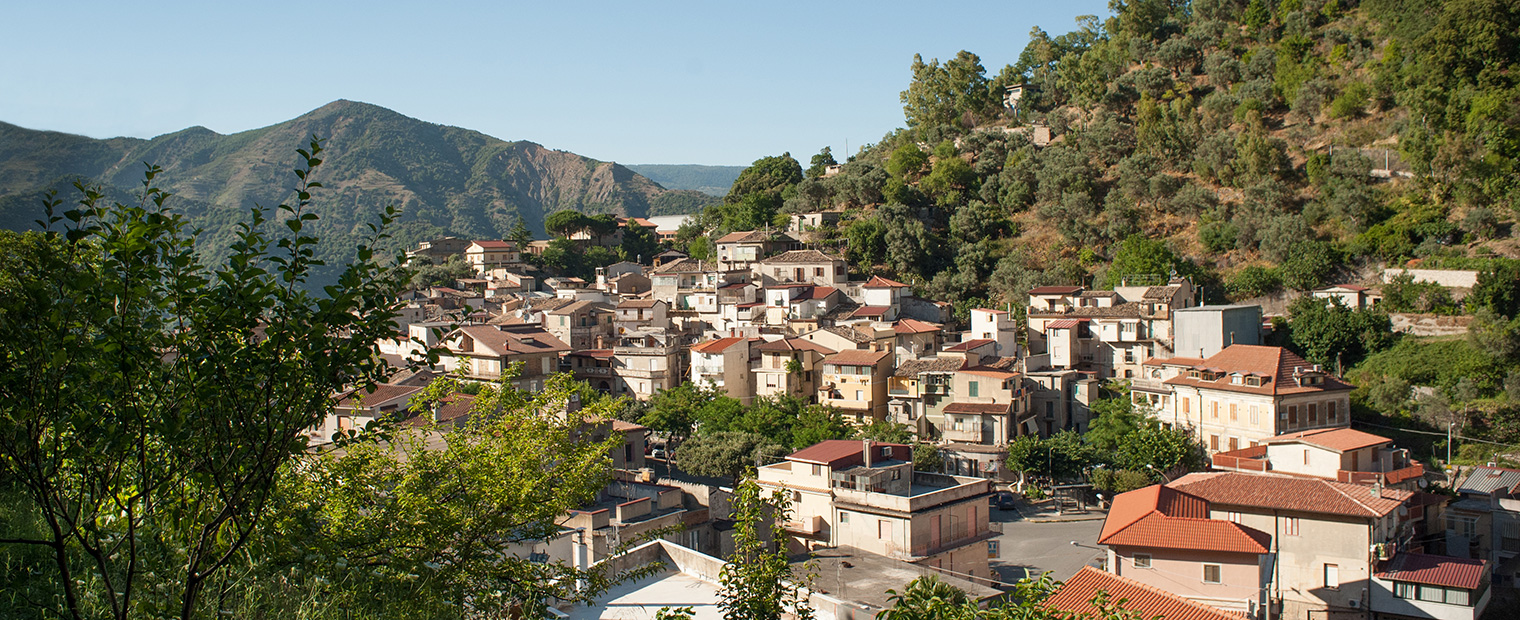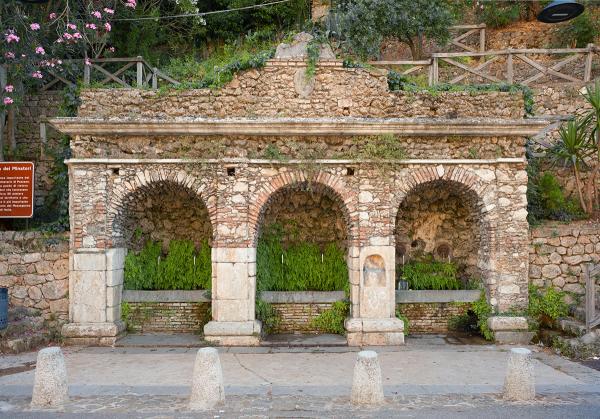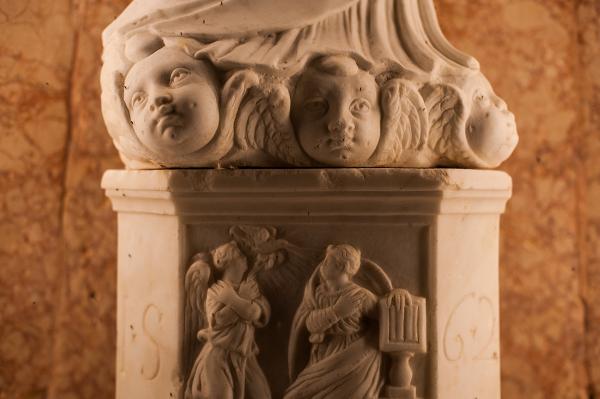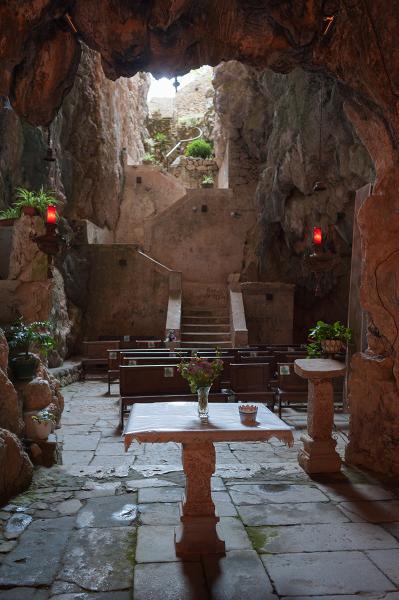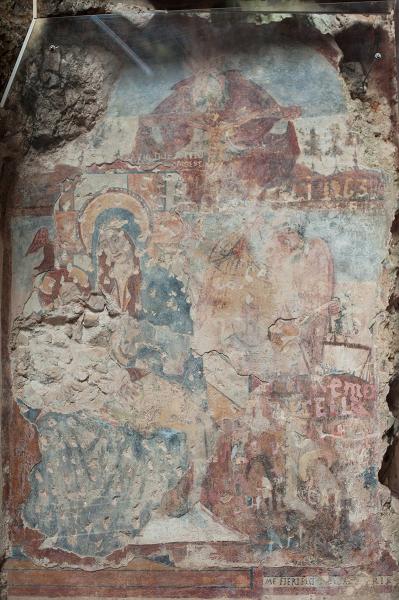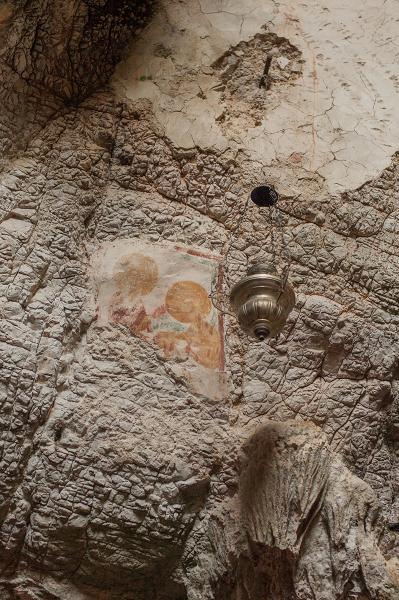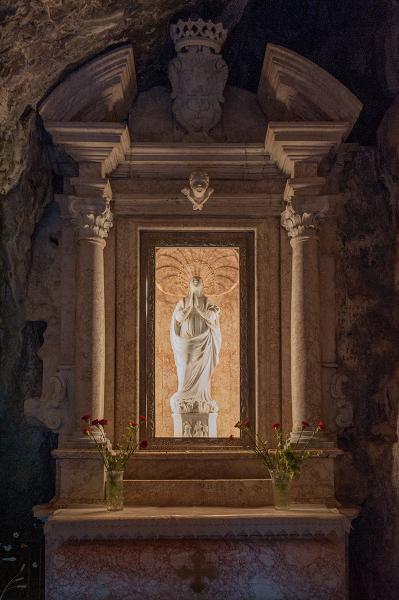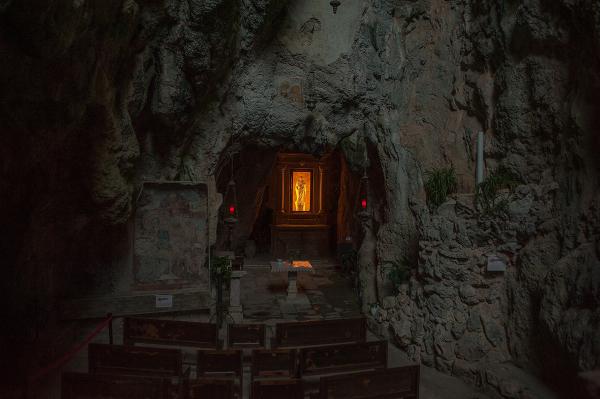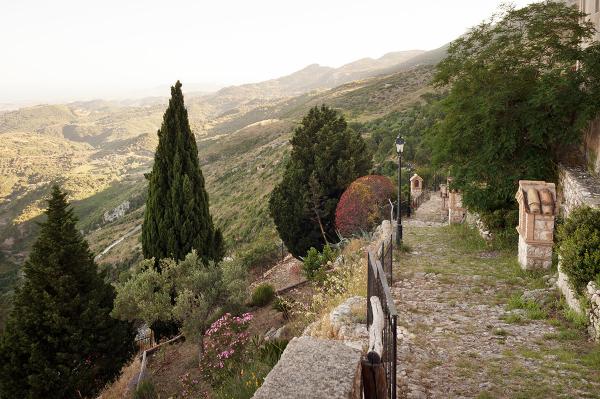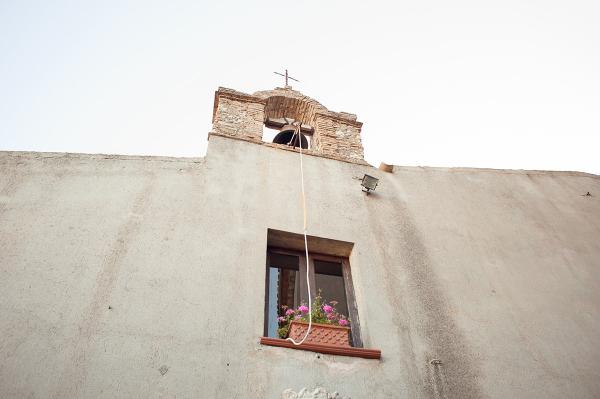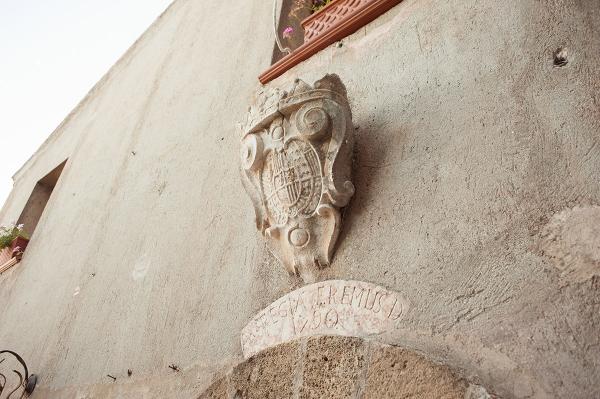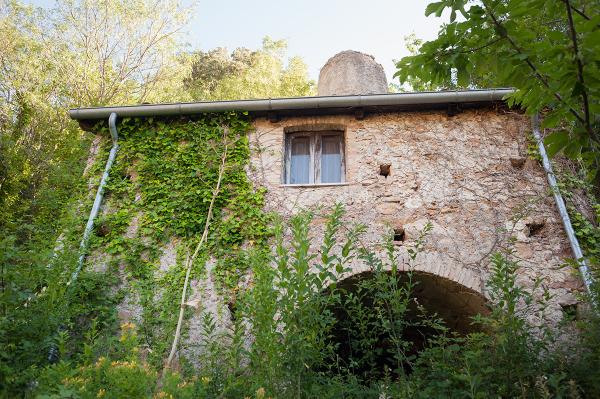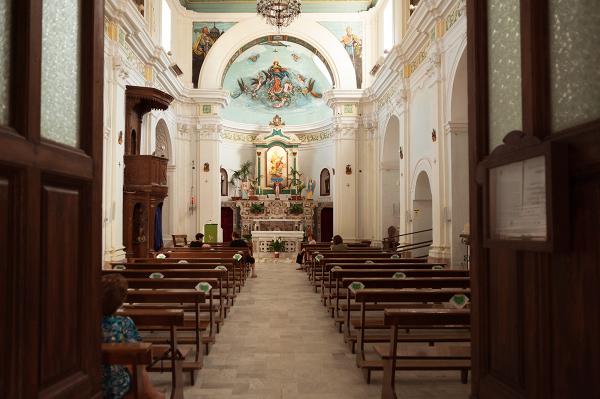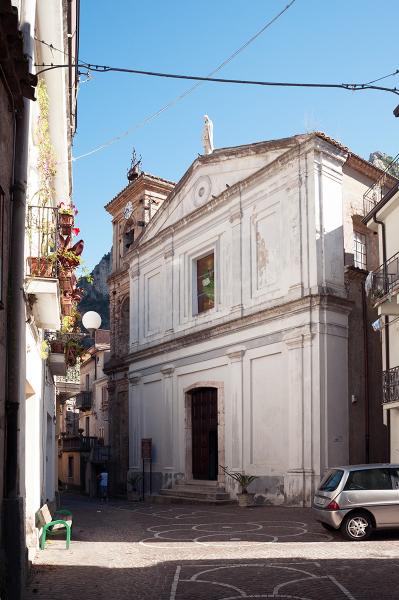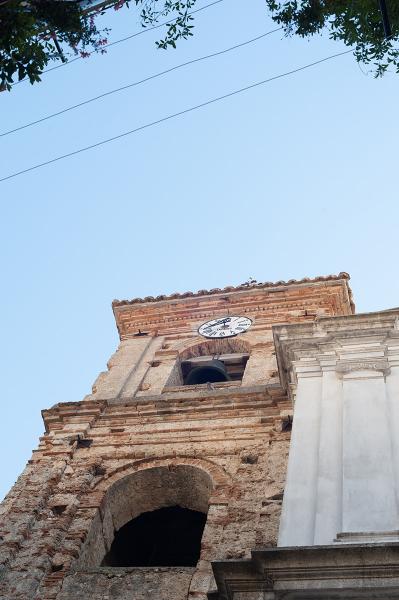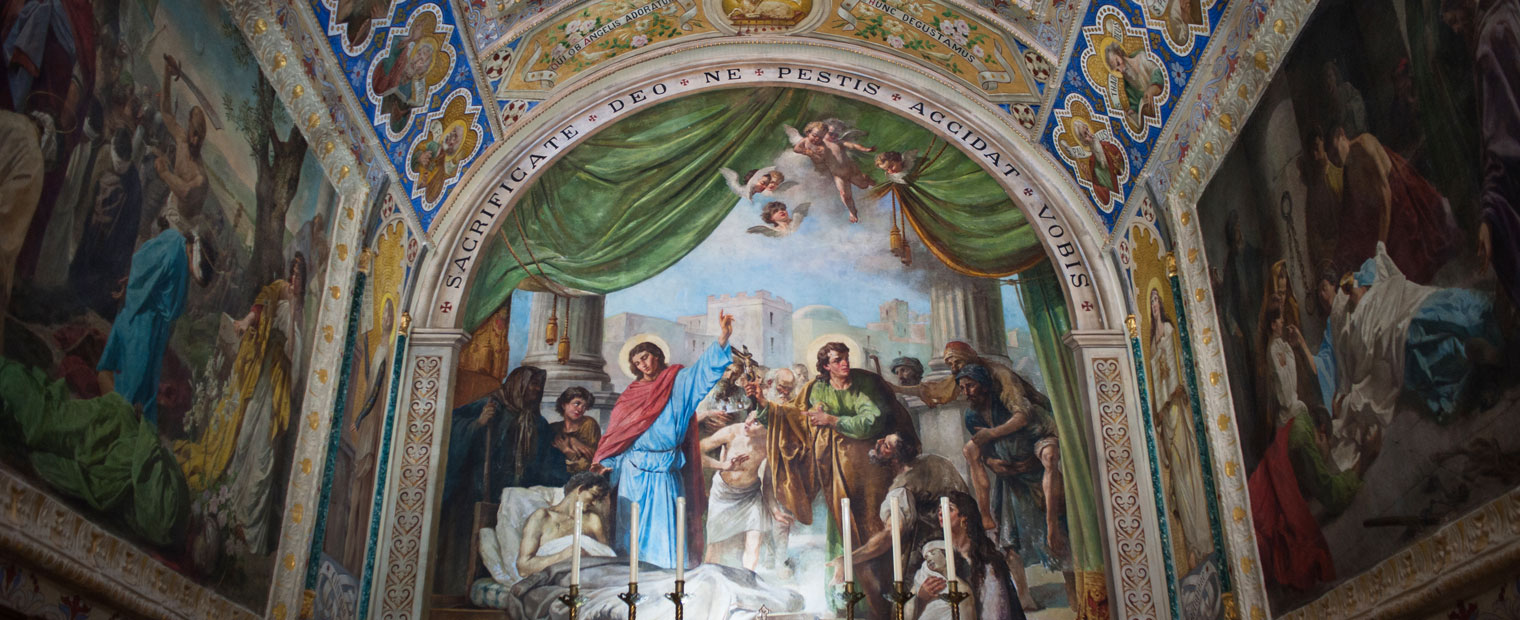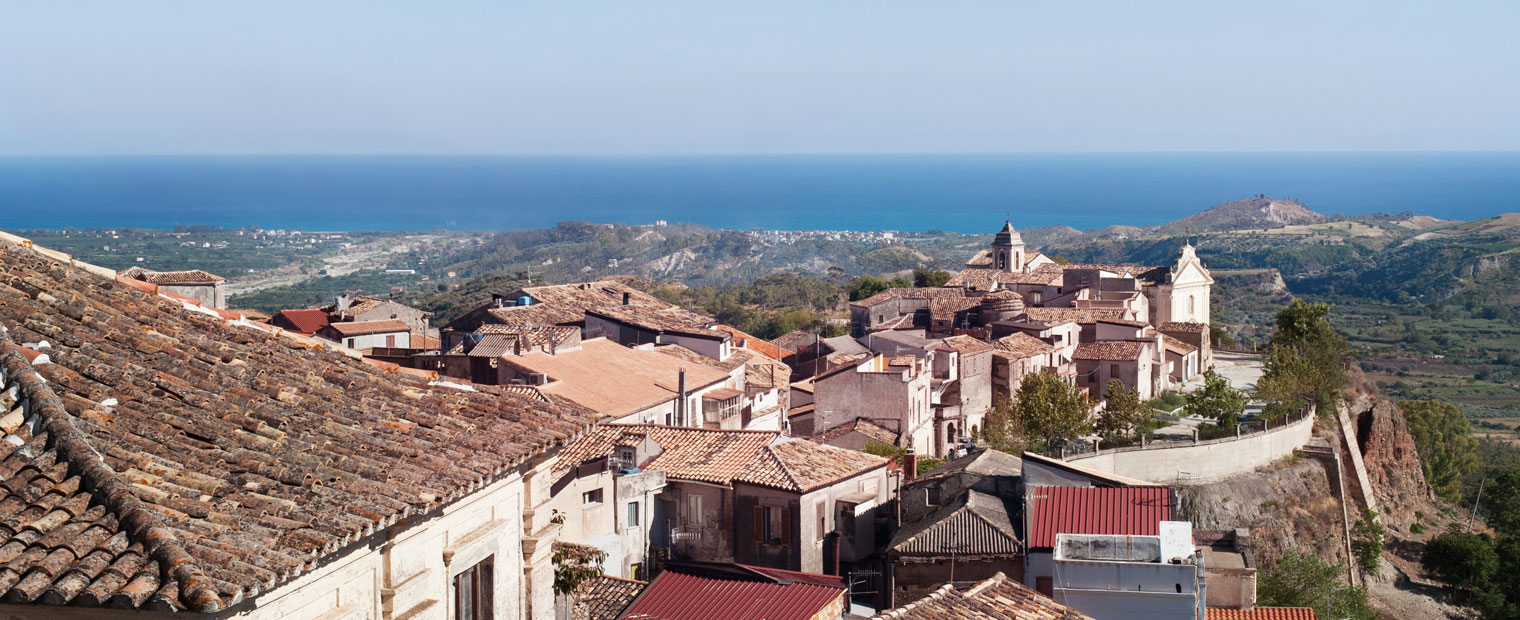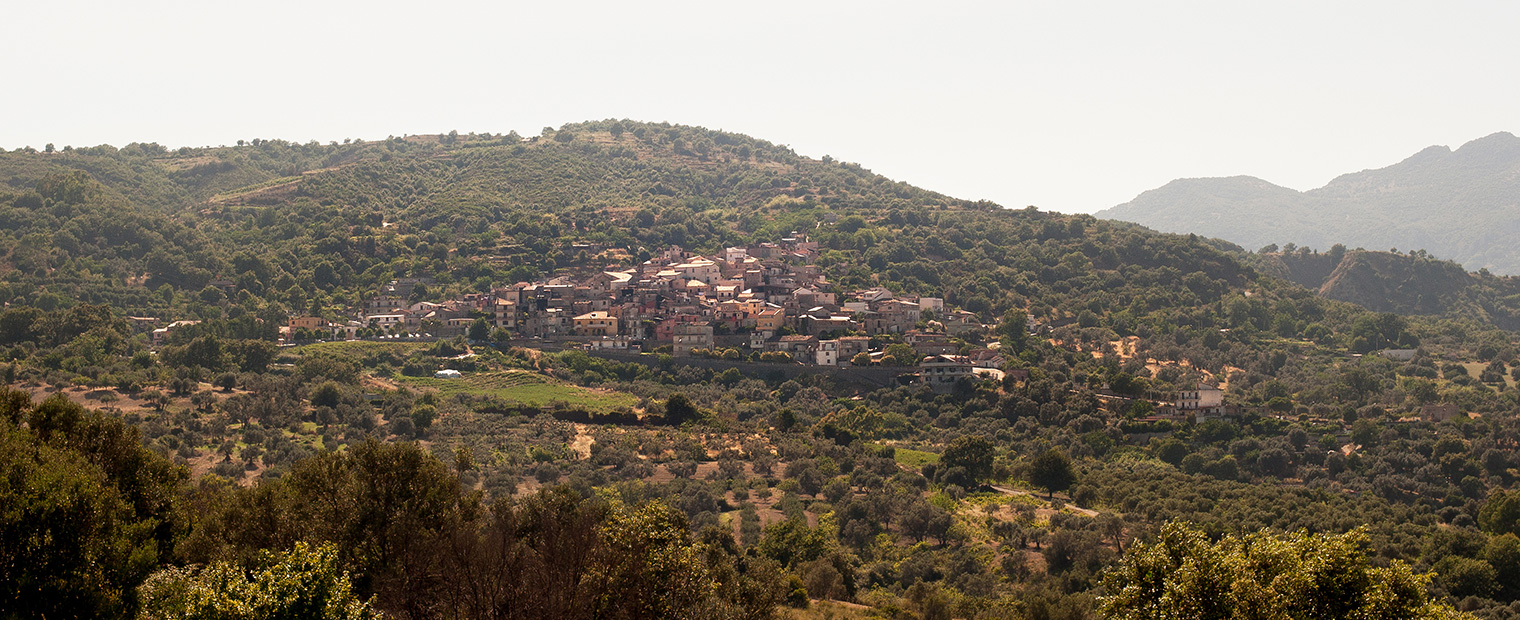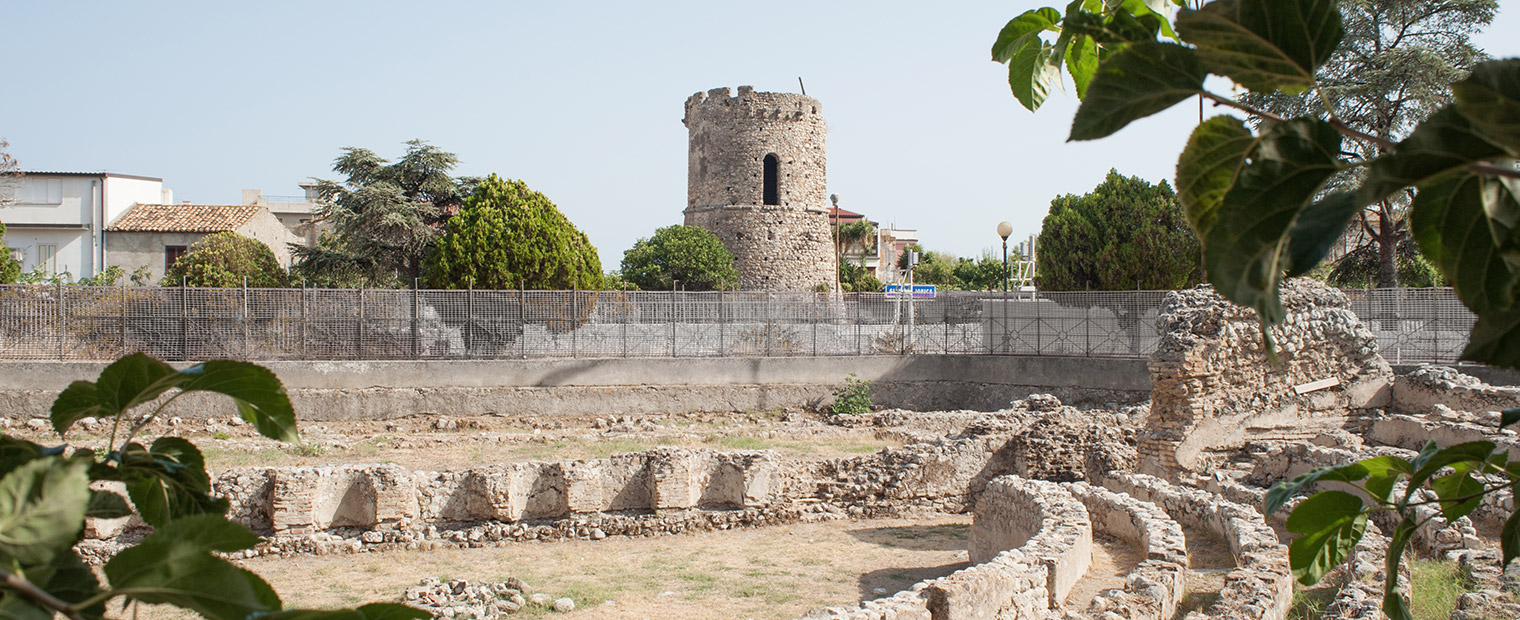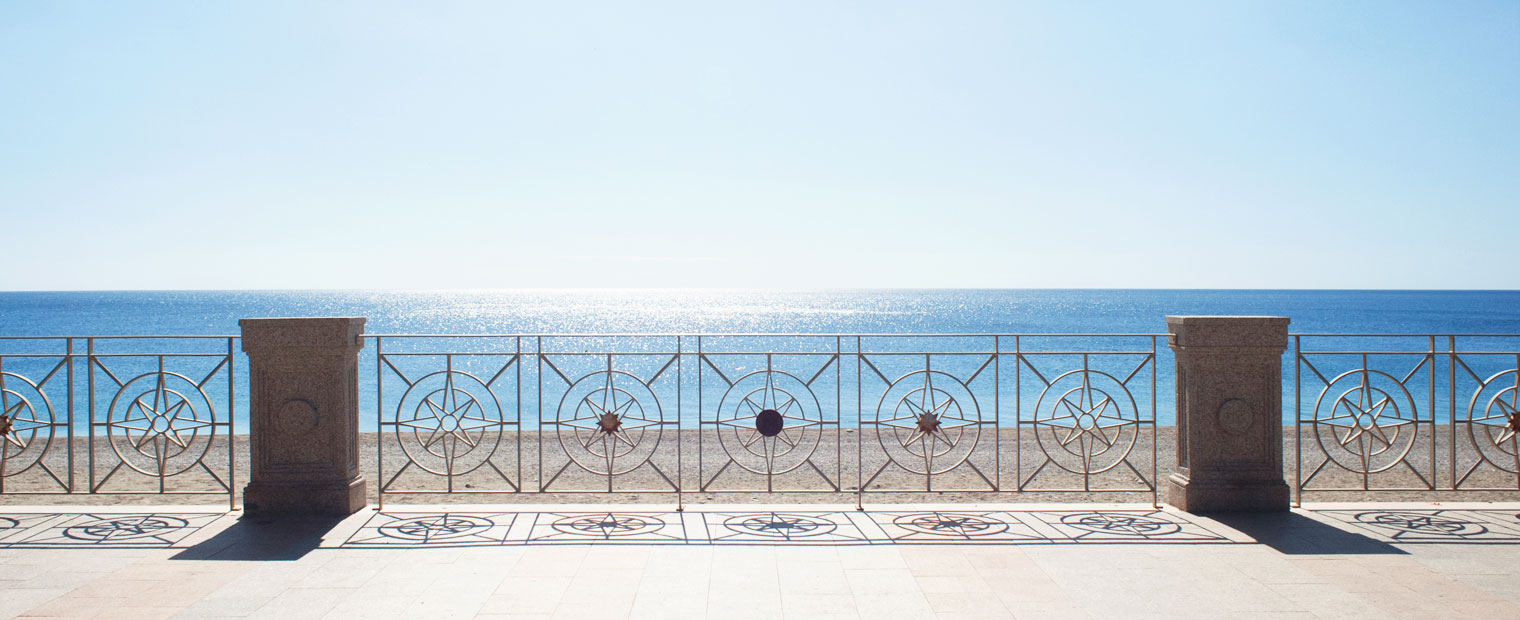The history of Pazzano begins in ancient times and is linked to the exploitation of its mineral resources. During the Roman period, the condemned were sent here to work in the mines that were rich with pyrite and limonite, minerals that characterised the territory. However, these resources were already exploited during the Greek period. Evidence of this past (coins dating back to the 4th century BC) were found in the 1950s, in the Praca area. The strong mining identity was consolidated over time, as testimonies from the Norman era of the 11th century recount the birth of a lively settlement of miners. From the 13th century onward, following the promulgation of the Consitutions of Melfi, Pazzano was incorporated from an administrative point of view by the Giustizierato di Calabria Ulteriore. Three years before becoming property of the state, the mines of Pazzano were donated by Carlo V to Cesare Fieramosca, brother of the famous Ettore, as a sign of gratitude for services provided in 1524. Mining activity inside the mines characterises the 19th century thanks also to the development of the steel area of Mongiana. It became an autonomous municipality in 1811, and, in 1816, it was inserted into the new province of Reggio Calabria. The birth of the new government of Italy, as well as the collapse of the Bourbon dynasty, marked the sunset of the mining activities that had positioned Pazzano as one of the most important mining centres in the South, simultaneously promoting a strong process of depopulation from the town.

What to see
Located between Mount Consolino and Mount Mammicomito, Pazzano retains significant evidence of the mining period: Bocche di Miniere, Laveria, Fontana "Vecchia" (or "Minatori,” an authentic emblem of the town). Evidence of the 25 mines used to extract iron are now subject to protection and valorisation thanks also to the commitment of the Municipality and the Ecomuseum of the ironworks and foundries of Calabria, a project created for the revival of the Calabrian industrial archaeological heritage, with specific attention paid to the Stilaro valley, considered by many as the “cradle of the first southern industrialisation.” The dome belonging to a small temple from the Byzantine era was found in the mid-1990s during excavations. The Church of Santa Maria Assunta houses valuable wooden statues, a 19th century canvas by Frangipane, and four others from the early 20th century depicting the Evangelists. The ancient chapel in San Rocco, which houses the remains of a fresco from the 1600s, is likely of Byzantine origin. A painting of the Madonna del Carmelo with the Baby Jesus in her arms, commonly called "A Madonna da Carcareda", is visible inside a cave in “Carcareda”, which can be found along the provincial State Road 98. In the “Chiesa Vecchia” district, the Santissimo Salvatore chapel is preserved, while around 1700 the mill of "Vrisi" was originated, which can be reached by following the Monte Stella nature trail that starts near the “Fontana Vecchia” (“Old Fountain”).
The Hermitage of Santa Maria della Stella
The hermitage of Santa Maria della Stella is particularly striking. Located on the slopes of the relief of the same name, also known as the sanctuary of Monte Stella, it is a place of worship created inside a cave. Here, the Vergine Santissima della Stella has been venerated for centuries, whose image is represented by a marble statue from 1562. At the entrance of the cave, one can admire a late Byzantine fresco, and, inside, the characteristic jars in which the water that flows from the rock drips, without ever leaking. The origins of this place are fixed in the Greek Code 598 of Paris, the first historical evidence that attests to its existence. A minor monastery from 1096, it became a sanctuary in 1522. The hermitage can be reached by going down a long staircase of 62 steps carved into the stone. Every year on August 15th, a pilgrimage takes place to the sanctuary cave of Madonna della Stella. The route of faith winds along a path that starts from the “Fontana vecchia” (“Old fountain”) in the municipality of Pazzano and leads to the cave. The event celebrates the Assumption of the Madonna that recalls the Byzantine Dormitio Virginis. Particularly suggestive is also the legend that surrounds the place, which also tells of the mysterious events of the ship on which the statue of the Madonna was loaded. According to the story, the boat stopped sailing unexpectedly near Monasterace. It was at that moment that a beam of light was projected from the ship right towards the cave, which was immediately noticed by some locals, who also saw the Madonna move towards the place of worship carried by an ox. The arrival of the Virgin generated the leakage of water from the cave that was collected into two jars; these jars, however, miraculously never seemed to be full. Popular tradition has attributed magical healing effects to this phenomenon.
"Cunfrunta" (“The Confrontation”): the festival of Santissimo Salvatore
Pazzano is also known for the religious rite of the “Affruntata.” It is an event that, unlike what happens in other Calabrian municipalities that see this communal and much celebrated event take place during the Easter period, here the event is staged on the Sunday following the first Tuesday of August. In Pazzano, therefore, the Cunfronti (or Cumprunta) falls on the celebration of Santissimo Salvatore and takes place from Friday to Sunday, featuring a calendar of events and liturgies in which the statues of Maria Santissima dell’Assunta and St. Joseph are also protagonists. The Church of Santa Maria Assunta in Cielo hosts the statue of the Santissimo Salvatore on Friday; this opening event is followed by the display of the Santissimo Salvatore statue in the square on Saturday, the Eucharistic celebration, and the transfer of the same statue to the Chapel of the Miners. This event continues with the night vigil. Sunday then marks the most awaited and celebrated moment and is divided into two events: the morning and night rituals. The first starts in the Chapel of the Minors in front of the statue of the Salvatore, seeing the procession advance to the small sanctuary of Cona, and then moves on to the packed Piazza XXIV Maggio, while the statues of Maria Assunta and St. Joseph are placed in the church and eventually brought outside, into the middle of the street. This is the moment of the “Cunfrunti” that sees the three groups of carriers move closer and closer to each other until they become a single body using perfectly coordinated movements. After bowing to the Salvatore, the statues of Mary and Joseph find their place in a secluded position and marks the most heartfelt moment of the Cunfrunti. Before leaving space for the children who can touch the statue of the Salvatore, the procession brings the three statues back to the Church of the Assumption for the celebration of the mass that closes the morning ritual. The Cunfrunti starts again in the late afternoon with the three statues that repeat the morning events and the procession that animates and involves the entire town in a riot of celebration, music, and fireworks.

